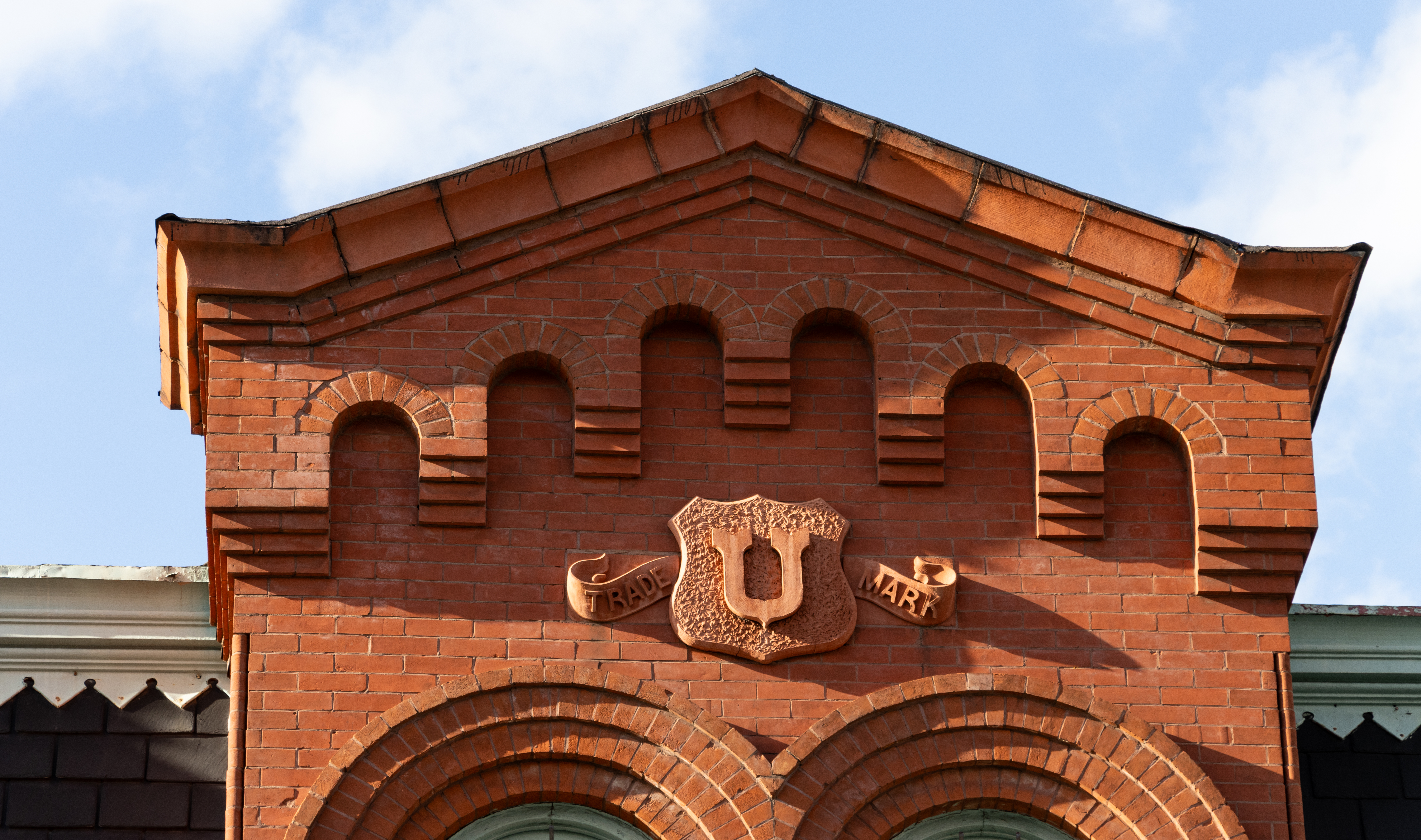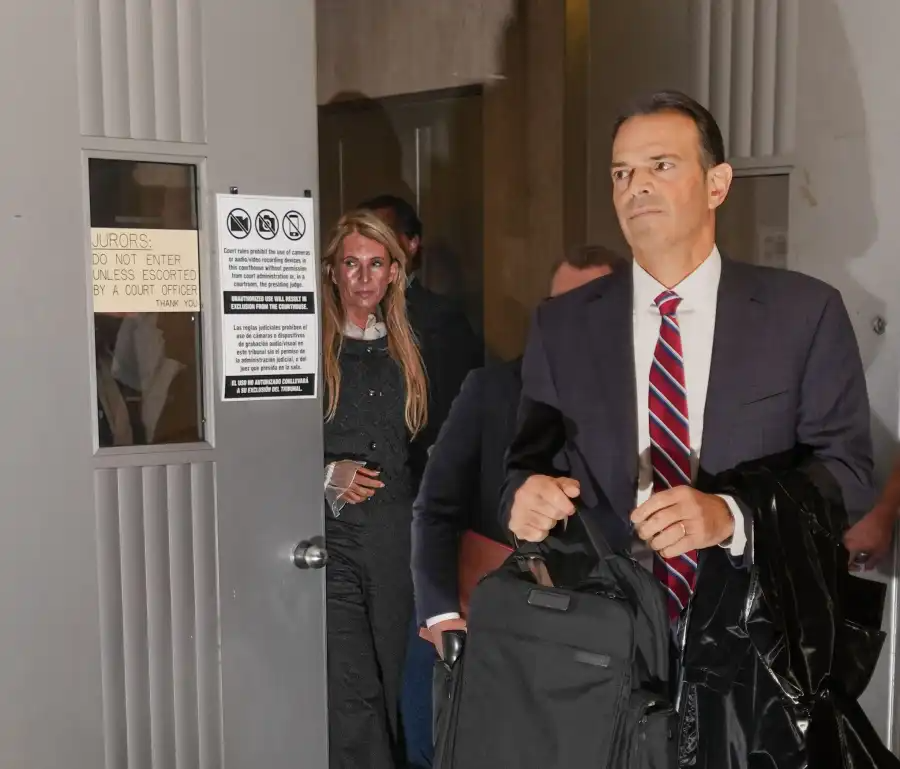Report on 'Invention of Brownstone Brooklyn'
Regular Brownstoner reader/commenter Mopar filed this report about yesterday’s panel discussion on gentrification in Brooklyn emceed by Suleiman Osman, author of the new book “The Invention of Brownstone Brooklyn: Gentrification and the Search for Authenticity in Postwar New York”: Tuesday night’s panel on “The Invention of Brownstone Brooklyn: Race and Gentrification in South Brooklyn” at…
Regular Brownstoner reader/commenter Mopar filed this report about yesterday’s panel discussion on gentrification in Brooklyn emceed by Suleiman Osman, author of the new book “The Invention of Brownstone Brooklyn: Gentrification and the Search for Authenticity in Postwar New York”:
Tuesday night’s panel on “The Invention of Brownstone Brooklyn: Race and Gentrification in South Brooklyn” at the Museum of the City of the New York focused on Brooklyn’s former slums where brownstones now sell for $2 million and up.
“For me, the Park Slope of 2011 is a limousine parked in front of a public school, said “Prospect Park West” author Amy Sohn, explaining that just that day she had seen one parked outside PS 321 waiting for a parent. “I feel the book [Osman’s] is about my life. I came from Mitchell-Lama housing and now we live across from [actor] John Turturro.”
Was the brownstoning movement of the 1960s and 1970s a success? It depends on who you ask. Author of “The Invention of Brownstone Brooklyn: Gentrification and the Search for Authenticity in Postwar New York” Suleiman Osman, who grew up in Park Slope and is a professor of American Studies at George Washington University, did not pick a side.
“If it’s about increasing real estate values, then it’s been very successful,” said Michelle de la Uz, executive director of the Fifth Avenue Coalition. “If it’s about the urban ideal of diversity, then it’s failed miserably. We need public policy with equity and justice at the forefront to achieve that urban ideal we were all attracted to and decided to stay in New York for.”
Back in the 1960s, brownstoners moved to Brooklyn so they could live in “someone’s former mansion” and have more space to raise their families for not much money, related Ken Patton, a founder of the Brownstone Revival Committee. When a neighborhood group planned to picket the Dime Savings Bank for redlining Brooklyn, he held a cocktail party for newcomers and bankers, and convinced the money men to offer mortgages to young, white professional families moving into Park Slope. But first he had to convince them that the newcomers were not “bohemians.”
“I’m a victim of displacement and gentrification,” said audience member and Councilwoman Tish James, who grew up in Park Slope and whose family was forced to move when rents rose. The recent census shows a reverse Great Migration is taking place, with more than 10,000 African Americans moving from New York to the South because they can no longer afford to live here, she said. “There’s a huge disparity in wages and the socioeconomic situation in New York City. It’s rather devastating to walk in your own community and feel like a stranger.”
Brownstoner commenters Amzi Hill and BedstuyMaven attended. Were there any others? What did you think of the panel?





The book and the panel definitely focused on the story of white “pioneers” coming into a poor neighborhood and “saving” it.
I don’t think that’s the story in Bed Stuy, Clinton Hill, Crown Heights, and PLG — at least not so far. In those areas, it seems to me that long-term residents as well as newcomers of color are creating “urban revitalization.” In the last two years, though, I’ve noticed a dramatic change in the demographics of Fort Greene.
“the redlining phenomenon was really the most unbelievable thing.”
It still happens.
I WAS there Mopar; sitting near the front, with a fellow LMA board member. I should have told you to look for the old, fat, bald, white guy with a mustache:-)
Except for Ken Patton’s remarks about Brooklyn Heights, I found the discussion too Park Slope-centric. IMO Osman’s book is much better than that–I learned a lot from reading it, especially about the ’50s; most of my direct experience with “brownstoning” was at the latter stage of his narrative.
I agree, perfect liberal nonsense.
benson – totally agree with you.
“If it’s about the urban ideal of diversity, then it’s failed miserably. We need public policy with equity and justice at the forefront to achieve that urban ideal we were all attracted to and decided to stay in New York for.”
hilariously arrogant without any irony. perfect liberal nonsense.
the redlining phenomenon was really the most unbelievable thing. Banks would categorically deny mortgages for entire neighborhoods as soon as a few Black families moved into the area on the assumption that there is no financial value at all in a non White community. This was not that long ago, and it wasn’t in the South, it was here. It was a form of the most ruthless financial apartheid imaginable.
Montrose, the word “pioneer” is offensive to me as well. It reminds me of Christopher Columbus’s “discovery” of America. The implication is that whatever or whoever was there before isn’t anybody we care about or could relate to.
I find the entire topic idiotic, since most areas of Brownstone Brooklyn were built for rather well off people to begin with. This guy makes it sound as though these neighborhoods didn’t exist before they fell on hard times for a couple decades.
I would have liked to go, but still coughing like a 3 pack a day smoker, so I thought I would spare the audience.
I don’t know if it was mentioned, but it seems like these discussions always seem to take it for granted that the new “white gentrifiers” and “urban pioneers” were going into a vast wasteland of wonderful architecture, populated only by the dregs of society, sitting on their stoops, gleefully waiting to prey on them. That there was nothing and no one there between the time the original white upper middle class and wealthy people hit the road for better places, and when the “pioneers” showed up. Ridiculous.
Nothing is farther from the truth, of course. African-American, white ethnic, Hispanic and other assorted folks moved into these communities, lived together, for the most part, and raised families here, generations upon generations. People who never knew what the inside of a precinct house looked like, and were much more familiar with the inside of their churches, parish halls, and masonic lodges.
I listen to black people who grew up in Bed Stuy, now in their 70’s, who tell of living on integrated blocks with the Jewish tailor on the corner, the Italian butcher, the Irish neighbor. Of being the resident goyim who turns on the lights for the observant Jewish neighbor, or who learned Irish songs from the people up the block. Of people who owned their own brownstones when redlining was rampant, and who then went on to buy 3,4, 6 buildings on the block, which they still own.
Of course, poverty, crime, crack epidemics, a city going broke, etc, etc, took their toll on this happy picture, but for a lot of people, the ideal urban life was still happening when the “brownstoners” and their moving vans pulled up. Neighborhoods change, it’s a fact of life. I’d just like to see those who kept those neighborhoods up, so that there is something to “pioneer”, get some credit.